On the internet, we’ve created the #3LOCALHISTORYEVENTCHALLENGE, where you share your town’s three most historic events. As the historian for Bernards Township, representing Bernards Towns#hip and its four hamlets is a great honor. We’re always looking for ways to showcase local history to residents, neighbors, and friends who haven’t lived in or grown up in the township. So, one morning, I got to thinking about what everyone in the township should know about the collective history of Bernards Township. Then it hit me, “What are the three most historical events in our township?”
Don’t get me wrong, there are many great moments in our collective local history. But what about people who just moved here? But it’s deeper than that. I think lifetime residents might not know what we’ve found during our research. Then a light bulb went on in my brain, and I said, “Holly cow, Basking Ridge has so many great historical moments, so as the Township Historian, I have a new mission – I have to tell everyone about the three greatest historical moments in Basking Ridge history”.
“Holly cow, Basking Ridge has so many great historic moments so as the Township Historian – I have to tell everyone about the three greatest historical moments in Basking Ridge history.
Brooks Betz – Bernards Township historian
So here we go as the Bernards Township Historian. Here are my top three historical events in Bernards Township’s history. There’s a comments section at the end if you’d like to comment :).
#3 – AT&T Chooses Basking Ridge for Headquarters
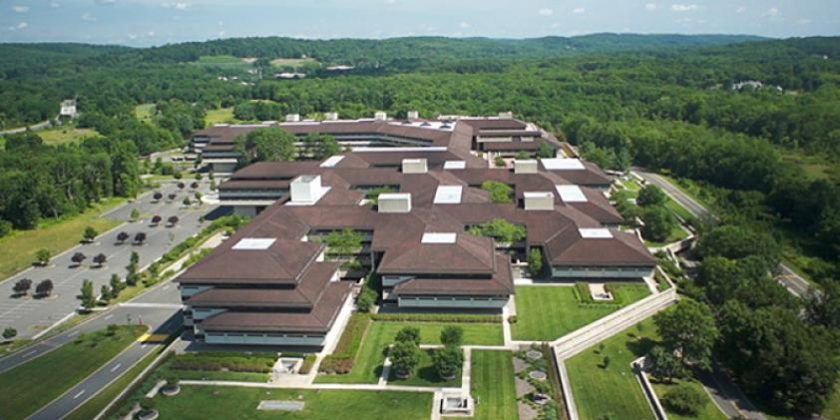
In the 1970s, corporate identities were changing. Companies were becoming more like university campuses with sprawling grounds, suburban amenities and people willing to relocate for a better quality of life. Competition for employees in the New York metro area became overly competitive. Nearby Bell Labs in Murray Hill had become the world’s intellectual brain-trust, delivering more corporate patents than anywhere else. Bell Labs employees received more than 30,000 patents – one daily patent for 50 years. The facility housed seven Nobel Prize winners as well.
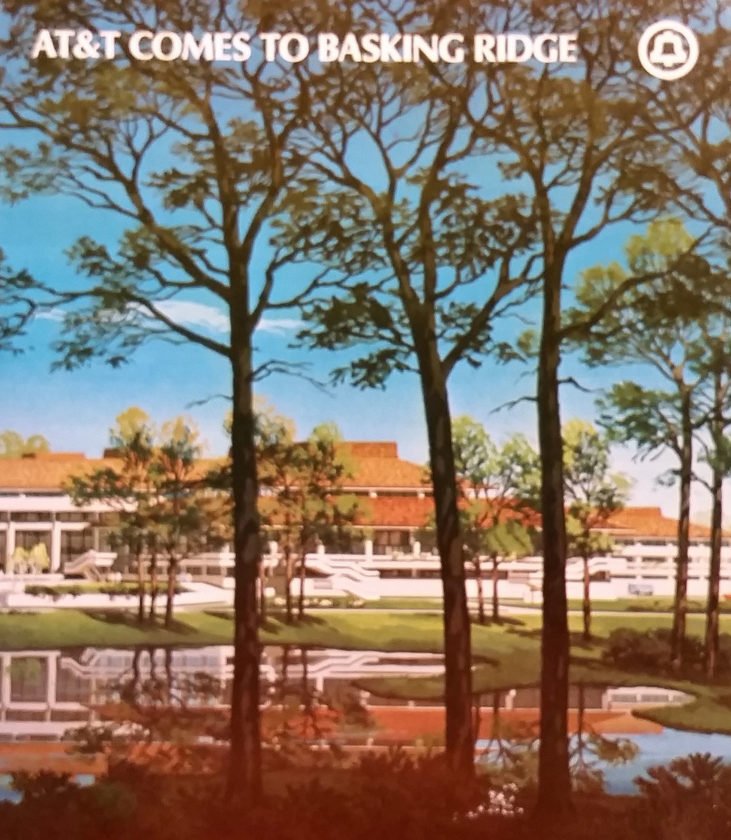
AT&T’s showcase headquarters campus on the corner of North Maple Avenue and Route 287 became the envy of the corporate world from the day it opened in November 1975. Its seven low-slung buildings, attached by tunnels and walkways, hugged the hills and blended with the countryside. The showy headquarters even featured a two-story corporate cafeteria with wood-burning fireplaces, a heliport, and an indoor waterfall cascading a ton of water a minute. Cars weren’t visible on the campus and were kept out of sight in a 3,900-space underground parking garage covering 15 acres.
As AT&T was anchoring itself in the suburbs, Basking Ridge’s residential growth took off at an unprecedented rate compared to nearby towns, bringing a new type of residents: families moving from the cities to the suburbs looking for a better quality of life.
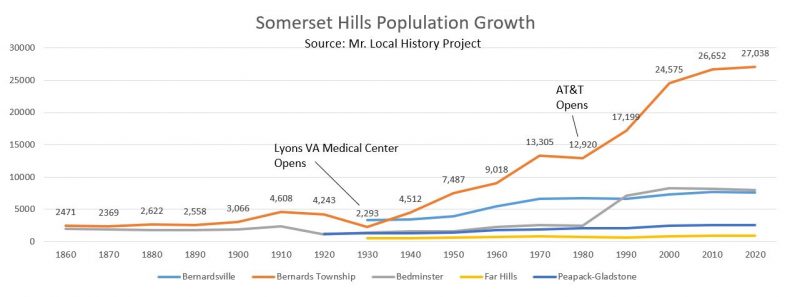
Many of the town’s lifetime residents agree that AT&T’s arrival was the biggest change the township had ever experienced. What had been a lazy rural community began selling farmland and orchards for planned communities for electrical engineers and others relocating to the area with their families, looking for a better life in Basking Ridge.
#2 – President Calvin Coolidge Selects the former Knollcroft Farm at Lyons for New Jersey’s First Veterans Administration Hospital
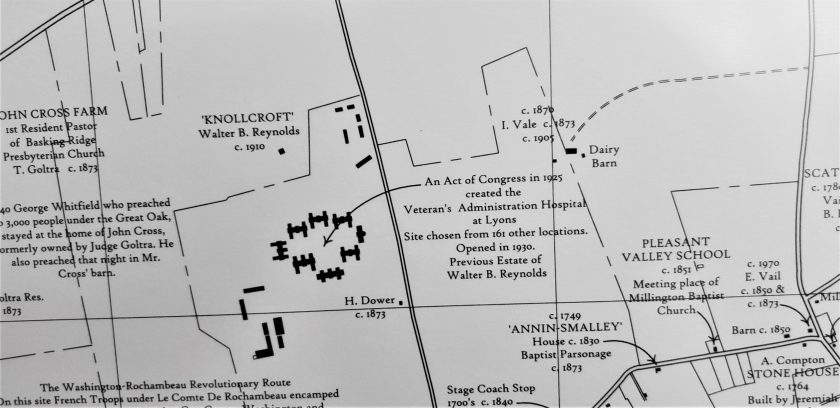
The facility’s original and ongoing mission has been to provide health care to United States veterans. The hospital was opened in 1930 as a veterans neuropsychiatric hospital and converted to a general medical and surgical hospital in 1976. The current campus preserves the characteristics of the neuropsychiatric veterans’ hospital.
In May 1925, the director of the Veterans Bureau notified President Coolidge that possible sites for future veterans hospitals in the Second District, which included New York, New Jersey, and Connecticut, were beginning to be considered. First, consideration would be given to tracts already owned by the federal government.
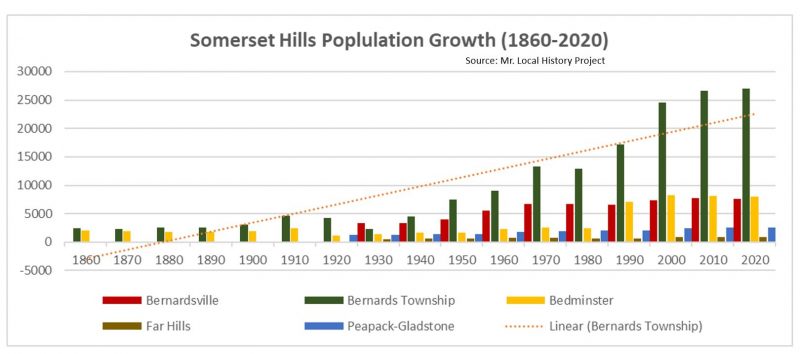
In June 1928, a committee was created to assist the Veterans Bureau in locating the best site for the future hospital in New Jersey. The committee included the New Jersey Adjutant General, the State Commander of the American Legion, the State Commander of Veterans of Foreign Wars, and the State Commander of the Disabled Veterans of the World War.
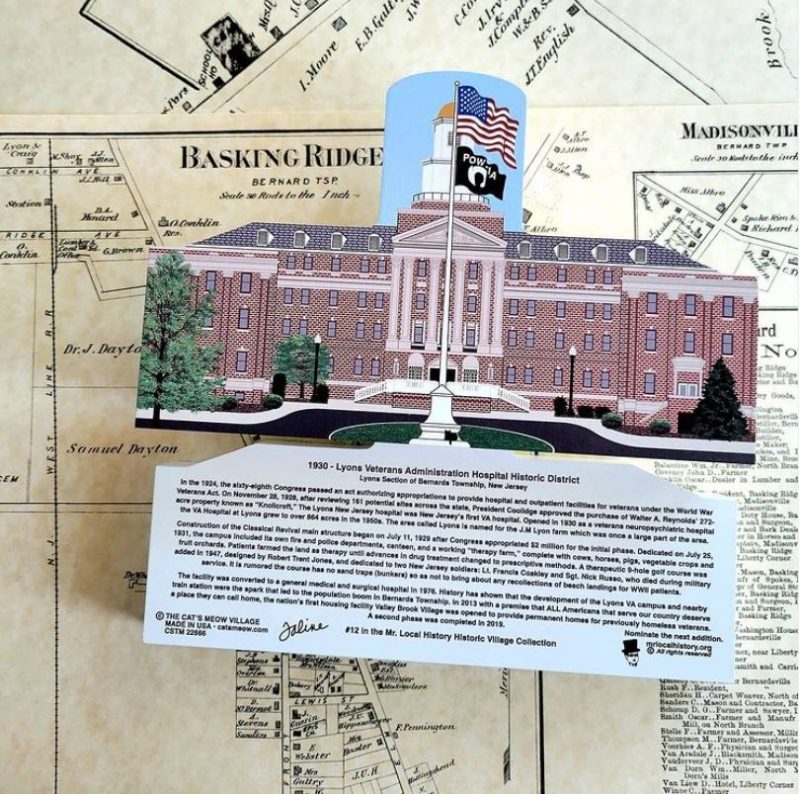
On November 28, 1928, after reviewing 161 potential sites across the state, the Federal Board of Hospitalization recommended the purchase of Walter A. Reynolds’s 272-acre estate, known as “Knollcroft,” in the rolling countryside of Somerset Hills in the Lyons section of Bernards Township.
Completion of the initial construction was celebrated with a dedication program held on July 25, 1931. Along with the development of the Lyons VA Campus came good-paying jobs. The farming community began to change, starting with a revamped Lyons train station and a newly created airfield at Basking Ridge. The Bernards Township hamlet development post-1930 was set to take off thanks to the selection of Walter Reynold’s Knollcroft Farm as the site of New Jersey’s first veterans hospital facility.
#1 – General Charles Lee’s Capture by the British at Basking Ridge – Dec.13, 1776
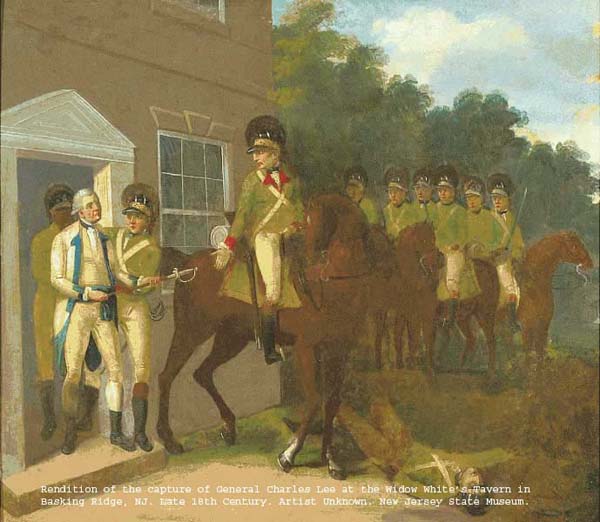
At about noon time on December 13, 1776, General Charles Lee (1731-1782), General Charles Lee was alarmed by Major Wilkinson while he was writing a letter to General Gates about George Washington in an upstairs bedroom of the Widow White’s Tavern in what is now the corner of South Finley and Colonial just outside the village of Basking Ridge in Bernards Township.
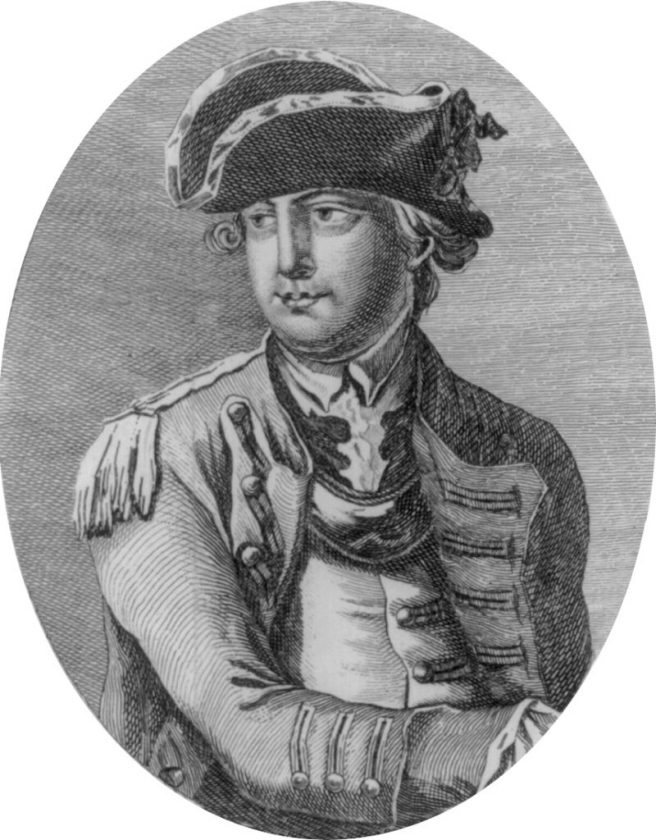
Widow White’s Tavern, named after Ebenezer White’s wife, Mary Brown White, became the centerpiece of Revolutionary War history on that day because it was on this most unfortunate day for General Lee that General Lee became a prisoner of the British Army, leaving General Washington in a precarious position. Who would have guessed that the Widow White’s Tavern capture might have turned into a blessing in disguise for the young Continental Army?
Resistance was short. Finding concealment impossible and further resistance useless, Lee made his appearance at the door and, in the most submissive manner, surrendered his sword to Colonel Harcourt, begging him to spare his life. English accounts state he fell to his knees to Harcourt in a cowardly manner. British Captain Thomas Harris, after Lord Harris, states in his journal that “Lee behaved as cowardly in this transaction as he had dishonorably in every other. After firing one or two shots from the house, he came out and entreated our troops to spare his life.”
He was somewhat roughly handled while being seized, and his captors, if they did not treat him with great indignity, certainly displayed very little regard for his comfort or appearance. He had presented himself without his hat or outside coat, and although he earnestly requested permission to get them, he was very peremptorily refused.
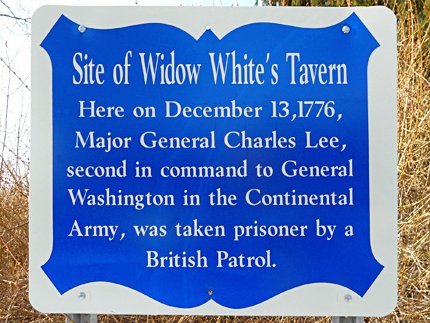
He was mounted on the guide’s horse, tied on both legs and arms, and with one of his aides who was mounted behind a dragoon, he hurried away at a furious speed towards Brunswick. About three hours later, realizing no one would save him, he became sullen and dispirited. He said to his captors, admitting the weakness of the American army and his confidence in British strength and zeal, when roused, “The game is nearly at an end.”
In Retrospect…
Lee’s Capture in Basking Ridge was a Blessing
Charles Lee’s capture on December 13, 1776 at Widow Whites Tavern in Basking Ridge removed a major internal obstacle at a critical moment. Lee commanded roughly 3000 men on paper, but once he was taken prisoner John Sullivan quickly pulled together about 2000 effectives and marched them directly to Washington without delay.
Those men arrived just in time to rebuild Washington’s collapsing army and help enable the Delaware crossing, which involved about 2400 troops in the main strike. While Lee sat in British captivity convinced the war was lost, his former men helped deliver the victory at Trenton. In the end, what happened at Widow Whites Tavern in Basking Ridge did not weaken the American cause. It helped save it.
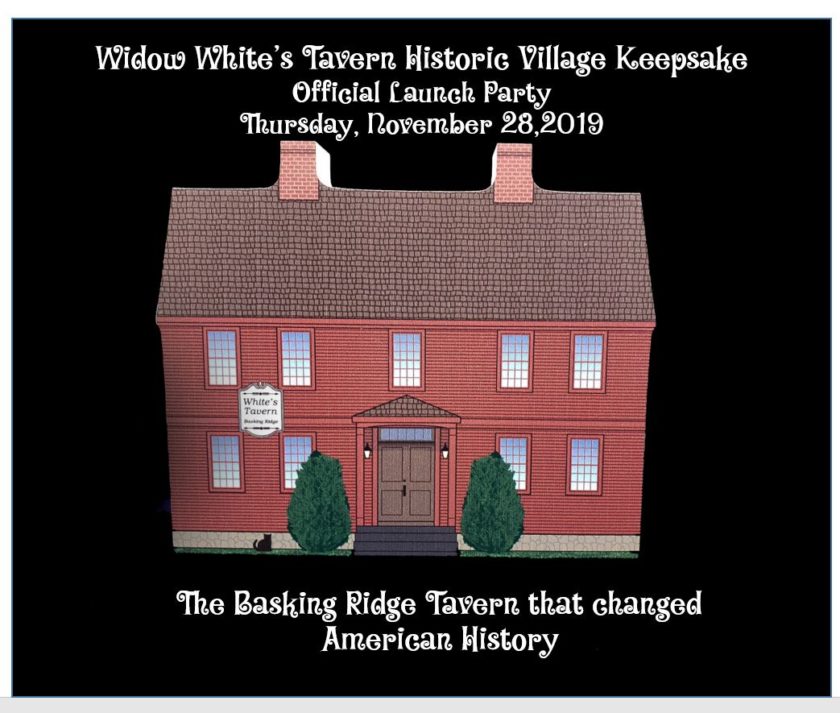
Thoughts?
We’d love to hear what people think of our analysis. To my knowledge, no other historian has attempted to consolidate the history of Bernards Township into three key events, so feedback is always welcome. Now, we have to get the word out. Every resident and person growing up in Bernards Township needs to know about these three historical events.
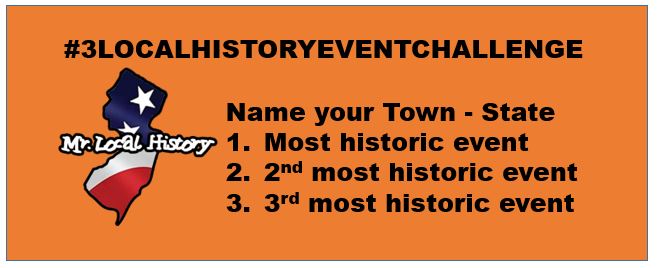


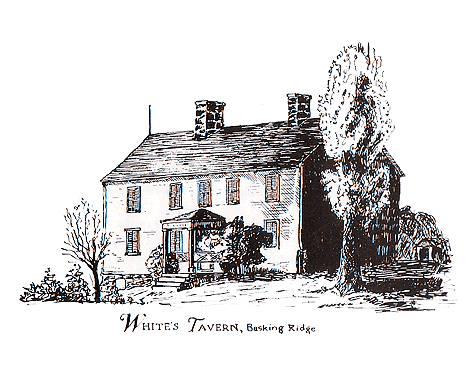
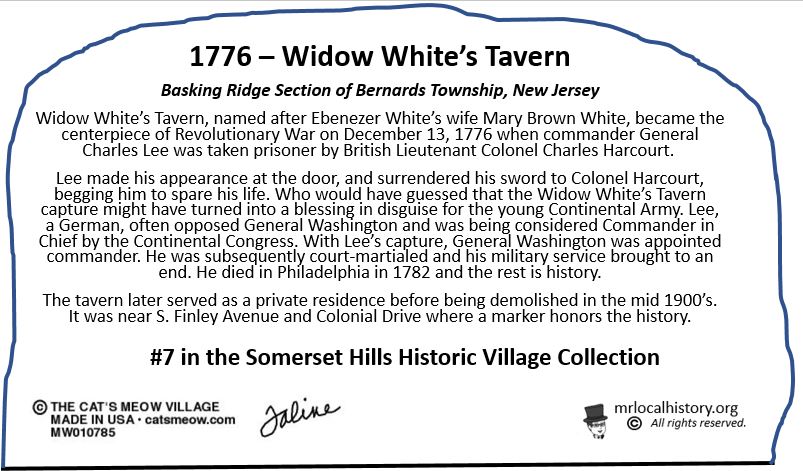



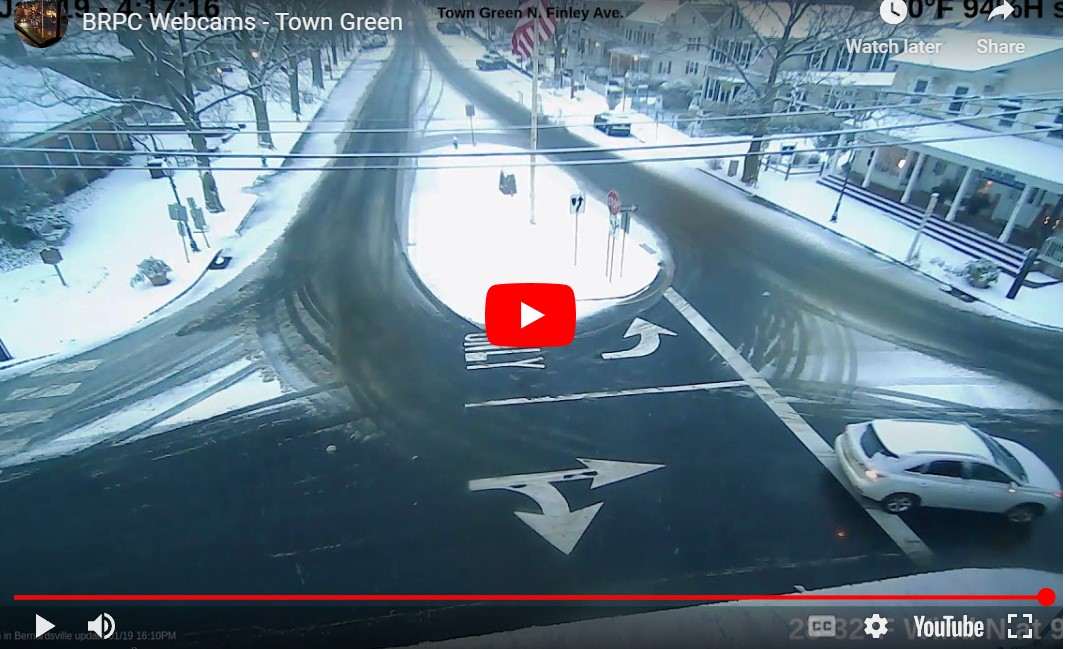

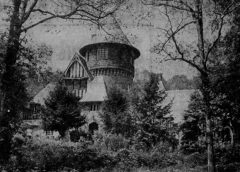




Job well done!
Greetings and Happy New Year – I happened across this site because I was trying to find information regarding the builder/s of the AT&T buildings. My Uncle Ernest J. Reisinger was a builder and I have vague information connecting him to this complex. He built most or all of our neighborhood on Fairview Drive (We moved west in 1952), and I recently learned he was somehow involved with the AT&T site. Do you have any information or suggestions how I might proceed to find more information about him and his business?
My Best
Mark
Thanks for writing. We’re going to dig in and see what we can find. Our notes are here – https://www.mrlocalhistory.org/att-basking-ridge-history/